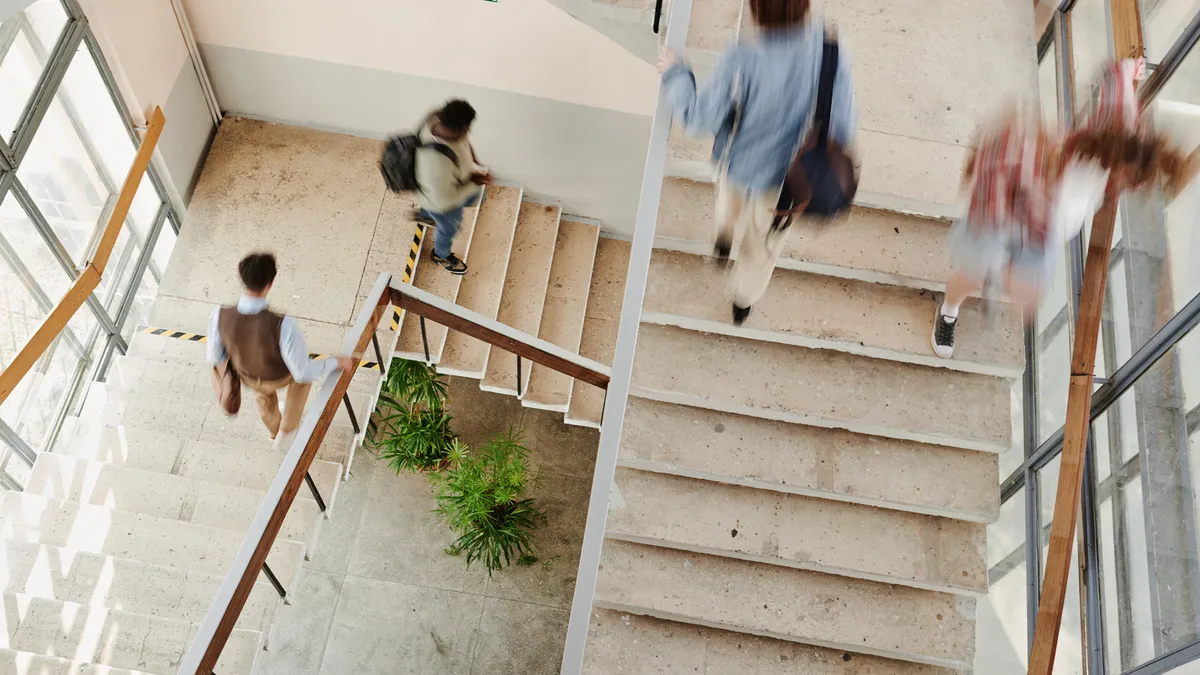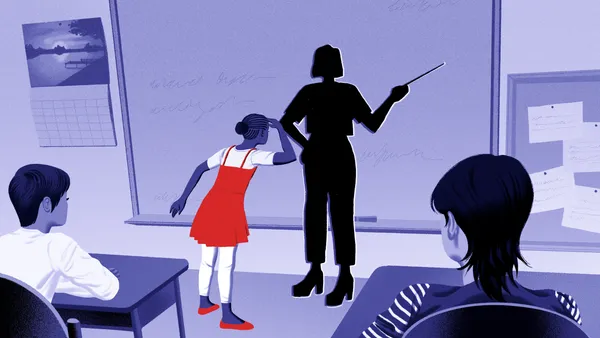Dive Brief:
- A majority — 78% — of school communication professionals say they have faced challenges with false information in school communities this year, up from 62% in 2020, according to a survey released this month by the National School Public Relations Association.
- School communicators named policy (69%) and school safety (66%) issues as the most common types of false information they deal with. Other topics prone to misinformation and disinformation included transgender students and bathrooms, budget and funding, bullying and fights, critical race theory, and diversity, equity and inclusion initiatives.
- The consequences of false information can be costly and harmful for districts, school communicators said. Some 65% reported spending 1 to 4 hours per week addressing these challenges, and a majority agreed that false information hurts a district’s reputation, increases staff workload and weakens public confidence in school leadership.
Dive Insight:
While misinformation and disinformation has been prevalent in school communities for some time, NSPRA said its findings highlight how much faster and more frequently false information has spread in recent years.
False information can be further amplified using generative artificial intelligence, and schools are already beginning to feel these negative effects. In the past school year, districts have had to navigate deepfake tools that have been used to create AI-generated nude photos of students or fake audio recordings of school leaders.
Such cases have also led to heightened calls for media literacy lessons in schools to combat misinformation.
Signs of public distrust in K-12 schools continue to pop up, as a Pew Research Center survey of U.S. adults released in April found that 51% of respondents view the public K-12 education system as heading in the wrong direction. Just 16% said public schools are moving in the right direction, while 32% said they were unsure.
Among those who said schools are going in the wrong direction, 69% said it’s because schools are not spending enough time on core academic subjects, and 54% said teachers are bringing their political and social views into the classroom.
Meanwhile, a separate NSPRA survey released last year found that more school communicators are making community relations and public engagement a top priority. The shift in focus came as the pandemic worsened public trust in schools and as political divides widened in communities over book bans, LGBTQ+ policies and diversity, equity and inclusion initiatives.
As these challenges with public trust persist, the latest NSPRA report said, it’s even more important for school communicators to know how to prevent and react to misinformation.
NSPRA suggests monitoring for false information and responding quickly to prevent any further spread. The organization advises districts to provide consistent, accurate, timely and transparent communications that avoid overly complex language or explanations. In addition, the group said, school communicators should develop a crisis communication plan in case widespread or damaging misinformation unfolds in their communities.
The newest NSPRA survey compiled responses from 364 school communication professionals in January 2024.












